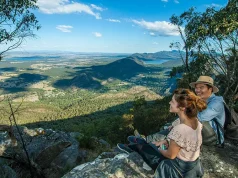
Surrounded by the Pacific Ocean and Tasman Sea, with a population of just over 5 million, New Zealand provides visually stunning movie backdrops that are authentic and real. It also boasts world class production facilities and top creative minds.
Even without the technical wizardry employed by Lord of the Rings director, Peter Jackson, and his Weta Workshop team to add features and structures to existing landscapes, the unique and diverse geography of the North and South Islands is the nearest thing on earth to J.R.R. Tolkien’s imaginary world.
Home to rare wildlife, ice-age glaciers, rugged mountains, deep lakes, meandering rivers, and native forests – much of it unchanged since ancient times, yet all within a short distance of civilization.
Dubbed Middle-earth, Hobbit fans have continued to travel to New Zealand since the films were launched to experience the mountains, lakes, rivers, and plains that were the backdrop to the movies’ famous scenes. More than 150 different locations throughout New Zealand were used to film, after Jackson and his team scoured the country for the most beautiful and diverse areas, and in 2019, more than 33% of visitors to New Zealand visited at least one of these stunning sites.
“New Zealand is the perfect Middle-earth and a real place that visitors
can experience for years and years to come.” – Sir Peter Jackson
Each region has a story to tell about when The Lord of the Rings and The Hobbit trilogies filmmakers, cast and crew journeyed to their particular neck of the woods or, in some cases, moved in for the duration of filming. Here are a few favorites:
Hobbiton Movie Set | Hamilton – Waikato
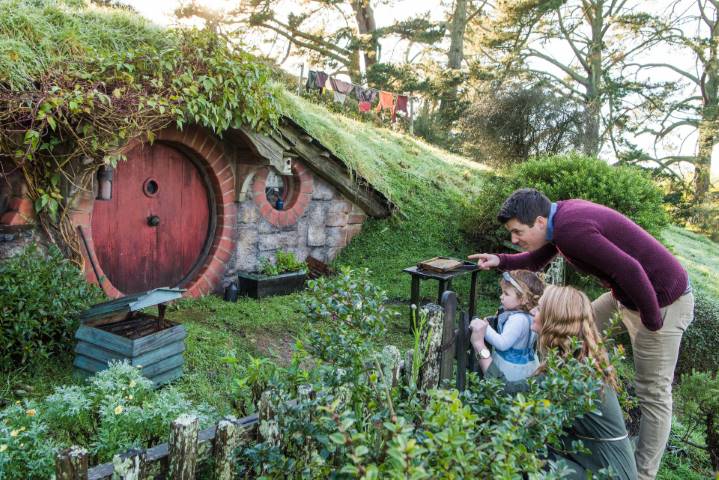
In the heart of the Hamilton-Waikato region, explore the lush pastures of the Shire™ with a guided walking tour of Hobbiton™ Movie Set, as featured in The Lord of the Rings and The Hobbit Trilogies. This privately-owned family farm was spotted by Sir Peter Jackson in 1998 during an aerial search for filming locations for the Lord of the Rings Trilogy.
Mature pine trees in front of a picturesque lake with surrounding landscape untouched by 20th century clutter, perfectly resembled the Shire as described by author J.R.R. Tolkien. It became the famous setting for Hobbiton and was rebuilt in 2011 for The Hobbit Trilogy to remain a permanent tourist attraction. There are 44 Hobbit-holes on site that have been rebuilt exactly as they appeared on film.
Tour the Official Hobbit Brewery | Hamilton – Waikato

Hobbits love their beer, so take a tour of Good George Brewery in Frankton, Hamilton. This brewer is the exclusive supplier of the Green Dragon Inn at Hobbiton and produces a special range of ‘Southfarthing’ ales, ciders, and ginger beers. Since pouring their first draught at the Green Dragon Inn, Good George has supplied more than 1 million litres of beer for visitors to enjoy, and in May 2021 launched their Southfarthing Celebration Ale to mark the occasion.
Piopio | Hamilton – Waikato
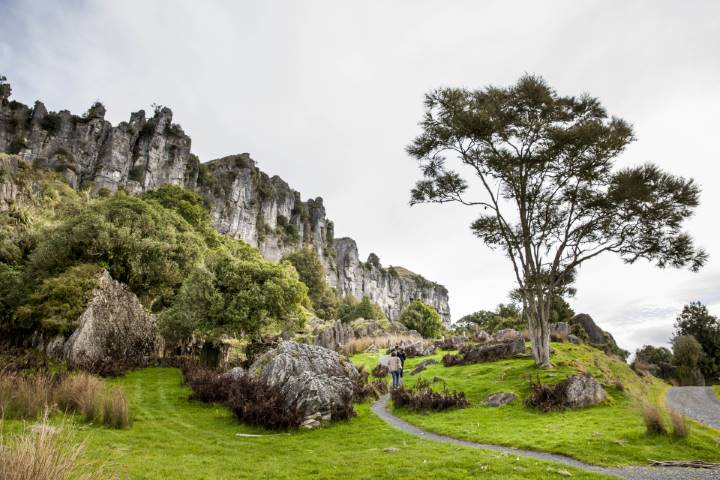
The looming cliffs, unusual limestone rock formations and prehistoric forest at Mangaotaki Rocks in Piopio look as if they have been created specially to form the backdrop for Middle‑earth™. This area provided the location for Trollshaws Forest and Staddle Farm where several scenes from The Hobbit: An Unexpected Journey were shot; including The Company arriving at a destroyed farmhouse, the exit from the Troll Hoard Cave, Gandalf bestowing Sting upon Bilbo, Radagast’s arrival and the Gundabad Wargs and Orcs attack.
Journey to Mordor through Tongariro National Park | Ruapehu Region
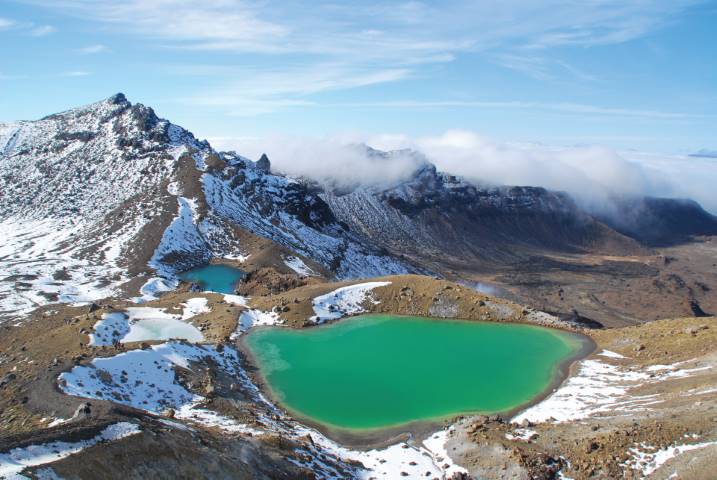
The dramatic landscapes of the North Island’s Central Plateau – where volcanic mountains pierce barren desert and native forests, crystal lakes and deep flowing rivers beckon outdoor enthusiasts – is one of New Zealand’s favourite holiday destinations.
The rocky slopes of Tūroa Ski Field were the setting for Hidden Bay, the entrance to the Lonely Mountain in The Hobbit: The Desolation of Smaug. The crew filmed here for one day, in which giant scaffolding was built down to the site in order to protect native flora and fauna on the mountain.
Get a good look at Mordor and Mount Doom while tackling the Tongariro Crossing. This is considered one of the best day walks in New Zealand. Mordor, home to the Dark Lord Sauron was shot on location around the rocky slopes of the Tongariro National Park. The area’s jagged volcanic rock formations and eerie barren landscapes were ideal locations for creating Mordor’s moody scenes.
As the centre piece of the films, Mount Ngauruhoe was digitally enhanced to create the fiery Mount Doom. Key scenes shot in the Ruapehu region also include the Emyn Muil (Iwikau Village at Whakapapa), Ithilien Camp (Mangawhero Falls) and Orc Army scenes (Rangipo Desert).
| “So this is my favourite location [Central Plateau], it is beautiful. There’s a mountain, there’s a waterfall, there’s a beautiful view across the valley there, it’s one of those sort of archetypal Kiwi places that you think god New Zealand has such amazing landscapes.” – Martin Freeman (Bilbo) |
Mount Victoria + Weta Workshop | Wellington

The most famous filming location in Wellington is Mount Victoria, which is within walking distance of the central city. The forested areas of the mountain were used to depict Hobbiton Woods, where the hobbits hid from the black riders.
Other Wellington locations include the Hutt River between Moonshine and Tōtara Park, which played the part of the River Anduin; and Harcourt Park, which was transformed into the Gardens of Isengard. Wellington’s Kaitoke Regional Park became Rivendell, where Frodo recovered from a knife attack. Wellington is also home to Weta Workshop, Weta Digital and the Miramar film empire which were central to The Hobbit Trilogy production.
The World’s Biggest Gollum | Wellington
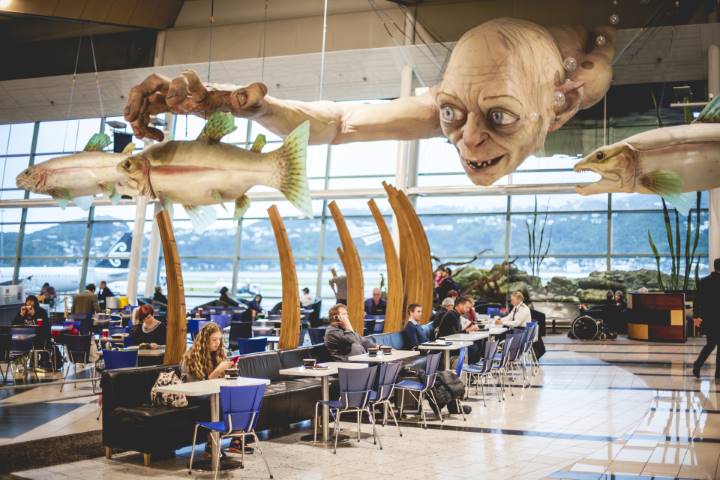
Only in Wellington would you find a 13-metre Gollum in the heart of an international airport terminal. Located on Level 1 of the Main Terminal, the sculpture, which is suspended from the roof, shows the emaciated physique and momentary expression of glee on the face of Gollum, submerged and reaching for his favourite meal of ‘juicy sweet fishes’. The Gollum creation was designed and facilitated by Richard Taylor and Weta’s workshop supervisor Rob Gillies to create an unforgettable experience into Wellington Airport.
Accompanying Gollum is another installation showing Gandalf atop one of two Great Eagles. These impressive sculptures weigh in at one tonne each with a wingspan of 15 metres.
Mount Olympus and Mount Owen | Nelson – Tasman
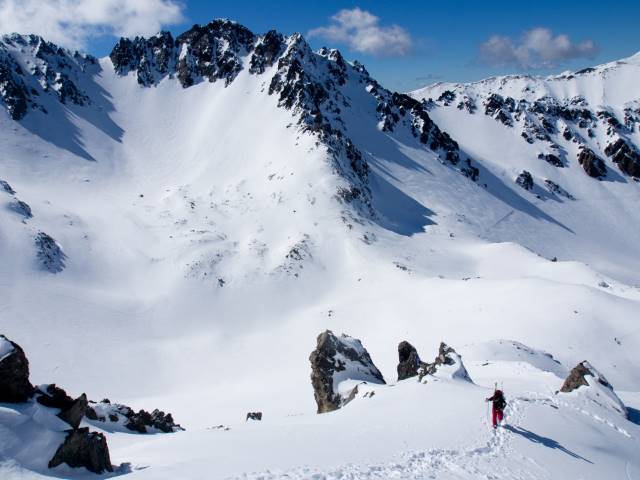
A harsh alpine environment with a stunning landscape of glaciated marble karst, Mount Owen is the place where the fellowship escaped the Mines of Moria in the Fellowship of the Ring. Mount Owen and Olympus (further South in Canterbury) are nestled in the remote back-country and can be visited during a helicopter tour. Driving west from Nelson over Takaka Hill you will find Canaan Downs – the filming site for Chetwood Forest. Here the Ranger ‘Strider’ led the hobbits into the rough country east of Bree in an attempt to escape the Black Riders.
Aoraki Mount Cook National Park | Mackenzie
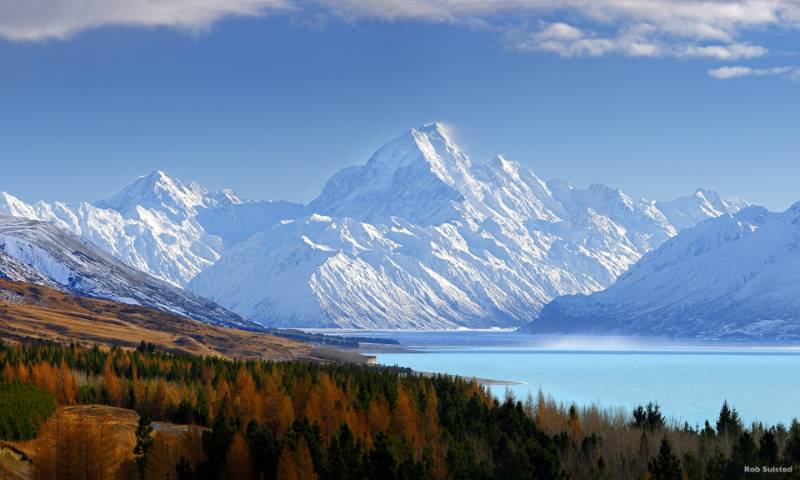
The Mackenzie region is home to many high-country farms, dry tussock plains, stunning blue alpine lakes and jagged mountain ranges. Lake-town – one of the most extensive outdoor sets built for The Hobbit Trilogy – was created at Tasman Downs Station on the shores of Lake Pukaki. The whimsical lakeside village set sits over water incorporating clusters of two-storey wooden dwellings arranged around connecting walkways, waterways and wharves – all featuring the highly detailed style that Peter Jackson is recognised for. Filming at this location was one of the largest operational periods in the shooting schedule with around 700 people on set.
The Hobbit cast member James Nesbitt (Bofur) was impressed by the immense natural beauty and colours of the Mackenzie region and Aoraki Mount Cook National Park, describing the place as “very, very beautiful, huge open spaces, lovely wildflowers… and every kind of colour.”
Nesbitt is not alone in his appreciation. Visitors to the region frequently remark on the colour contrasts that begin with the startling blue of the lakes – due to finely ground minerals in the glacier-fed waters – green forested lowlands, golden tussocked hill country and magnificent snow-capped mountains.
One of the best ways to experience the majestic landscape is on scenic flights that offer an unending panorama of mountains, lakes, glaciers, and the oceans on either side – the Tasman Sea on the rugged West Coast and the Canterbury Plains fringed by the surging Pacific Ocean. There are also options for landings on glaciers and snow, or cross-country tours by 4WD and Argo, and glacier exploring by boat.
Earnslaw Burn | Queenstown

One of the most magical locations in The Hobbit: An Unexpected Journey; Earnslaw Burn is a glacier that has created a number of cascading waterfalls that tumble down a huge rock face. Here, Bilbo and The Company are filmed continuing on their quest after departing Rivendell. The Earnslaw Burn Track – beginning in Glenorchy – is a challenging 4-hour hike that rewards with spectacular views at the head of the valley over the glacier and beyond.
Passburn was used for the approach to Misty Mountains and Passburn Track on the Mavora Walkway – one section of New Zealand’s national walkway Te Araroa – is open to the public.
Fiordland National Park | Fiordland
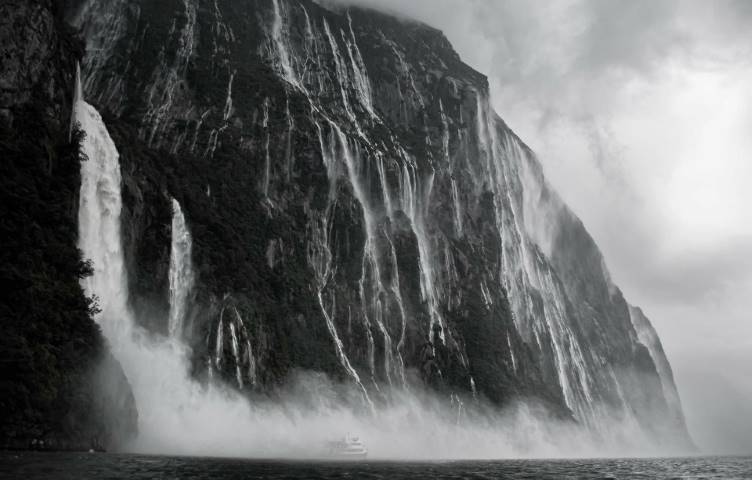
Both The Hobbit and The Lord of the Rings Trilogies used the majestic Fiordland National Park for epic scenic shots. The scene where The Company flees the mountains on the backs of eagles in The Hobbit: An Unexpected Journey was filmed here. Experience giant fiords and spectacular waterfalls with a helicopter flight or boat cruise. The grasslands of Te Anau Downs provided the backdrop for chase scenes, while Mararoa Saddle doubled as the wildlands which Thorin leads the dwarves through.
The Ultimate Hobbit Fan Fact File
- Approximately 3 million have visited Hobbiton since it opened in 2002
- 90,000 domestic visitors they had in 2020, far surpassing their expectations
- 80% of domestic visitors who say they have seen the films and/or read the books. 20% have not.
- 50% of international visitors (in a typical year, pre-pandemic) who say they have seen the films and/or read the books. Many reviews go on to say that they are excited to watch the films after their visit.
- It took 9 months to construct the movie set, with 44 Hobbit-holes made out of artificial moss and wood (made from glue, paints, yogurt and sawdust).
- 100%, 90% and 60% – The scale of Hobbit holes across the movie set. They used different scales to make the actors appear the size of their characters in a filming technique called ‘forced perspective’.
- A colossal 263 beards were made for production of this film, with 7km of toupe tape used to attach them to various faces. Nearly every actor in The Hobbit Trilogy sports a wig and 752 were crafted.
- According to Tourism New Zealand Insights* LoTR/Hobbit films got 18% of holiday visitors first interested in visiting NZ
- 33% of all holiday visitors to NZ visited a film location in 2019. This will be primarily (if not entirely) LoTR. 11% specifically stated they visited Hobbiton.
- *TNZ’s most recent data available is 2019, due to borders being shut March 2020


